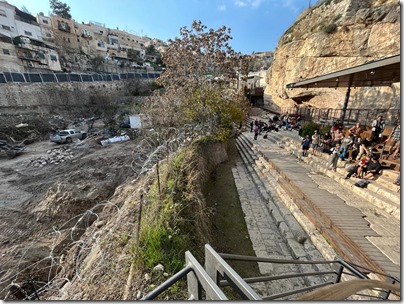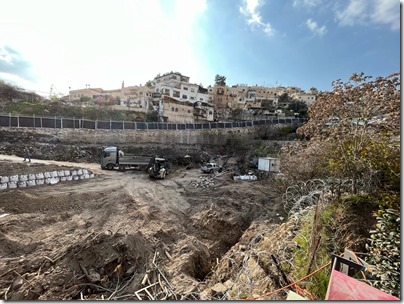A Roman-era lead sarcophagus was uncovered in a cemetery in the northern Gaza Strip.
“At Jerusalem’s Western Wall plaza, a recent excavation has alarmed some heritage specialists who fear the traces of [the Mughrabi quarter,] a centuries-old Arab neighbourhood razed by Israel may disappear.”
Leen Ritmeyer tells the story of his remarkable journey from kibbutz volunteer to expert archaeological architect, largely working in Jerusalem but contributing to many other sites in Israel.
A volunteer describes her experience in excavating Azekah.
Webinar on March 1: “More Than Just Mosaics: The Ancient Synagogue at Huqoq in Israel’s Galilee,” by Jodi Magness. The event is a fundraiser to support graduate students, and the event will not be recorded.
John DeLancey offers an on-location devotional at Masada in his latest episode in “Faith Journeys with God in the Land.”
James Howell interviews Eric Meyers about his life and work.
A new video series, “If These Stones Could Talk,” created and hosted by Rabbi Dr. Kenneth Brander, has released six videos so far.
Wayne Stiles has just announced a Greece Tour and Cruise in August/September and an Israel tour in October.
The Albright Institute in Jerusalem is accepting applications for the Position of Director.
The University of Haifa has been given a rare map collection from the 1500s and 1600s.
Bible Mapper has created a poster map of Israel and Judah that can be downloaded at several resolutions.
I mentioned the new ebook by Jerusalem Perspective earlier this week, and Lois Tverberg has posted one of its articles: “Jesus’ Devout Jewish Parents and Their Child Prodigy.”
The oldest nearly complete Hebrew Bible, dating to approximately AD 900, is expected to sell at auction for $30 to $50 million, the highest valued manuscript ever to go to auction. If you are not confident that your bid will win, you can be grateful that the Sassoon Codex has been digitized, is in the public domain, and is available online.
HT: Agade, Arne Halbakken, Alexander Schick, Keith Keyser, Greg Ford

